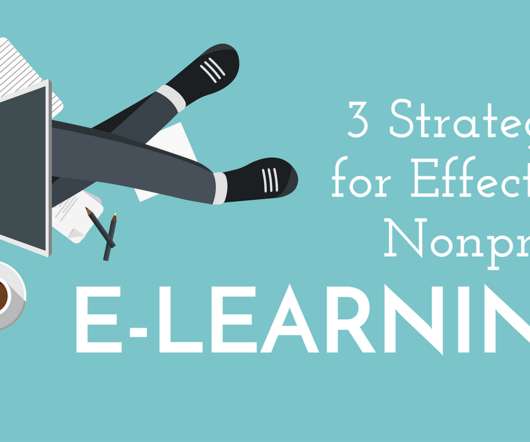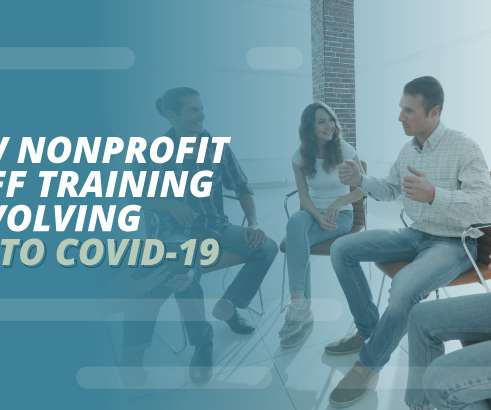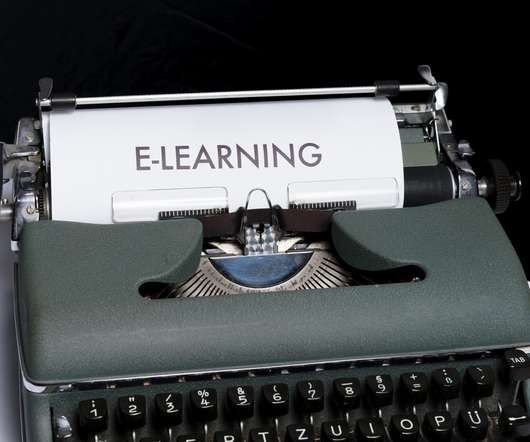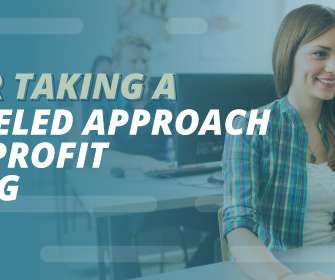3 Strategies for Effective Nonprofit E-Learning
The Nerdy NonProfit
NOVEMBER 13, 2020
She probably has a job, a family, and maybe pets that use some of her time each day. Your nonprofit’s staff and volunteers need to relate to any courses you design. If we gave you a list of instructions with the following information—and only the following information—what would you do? Clearly, Valerie is busy. We could go on.











Let's personalize your content